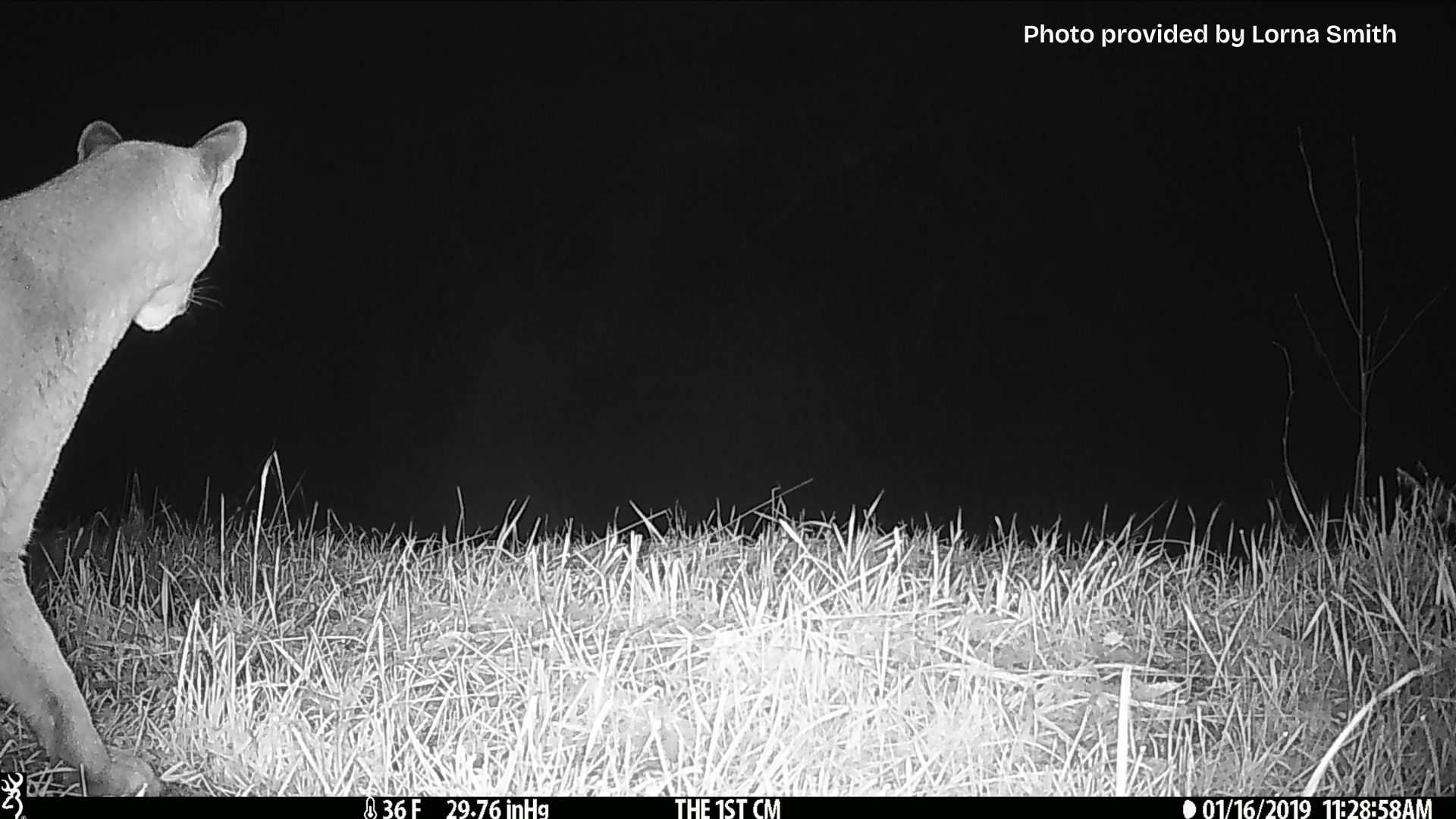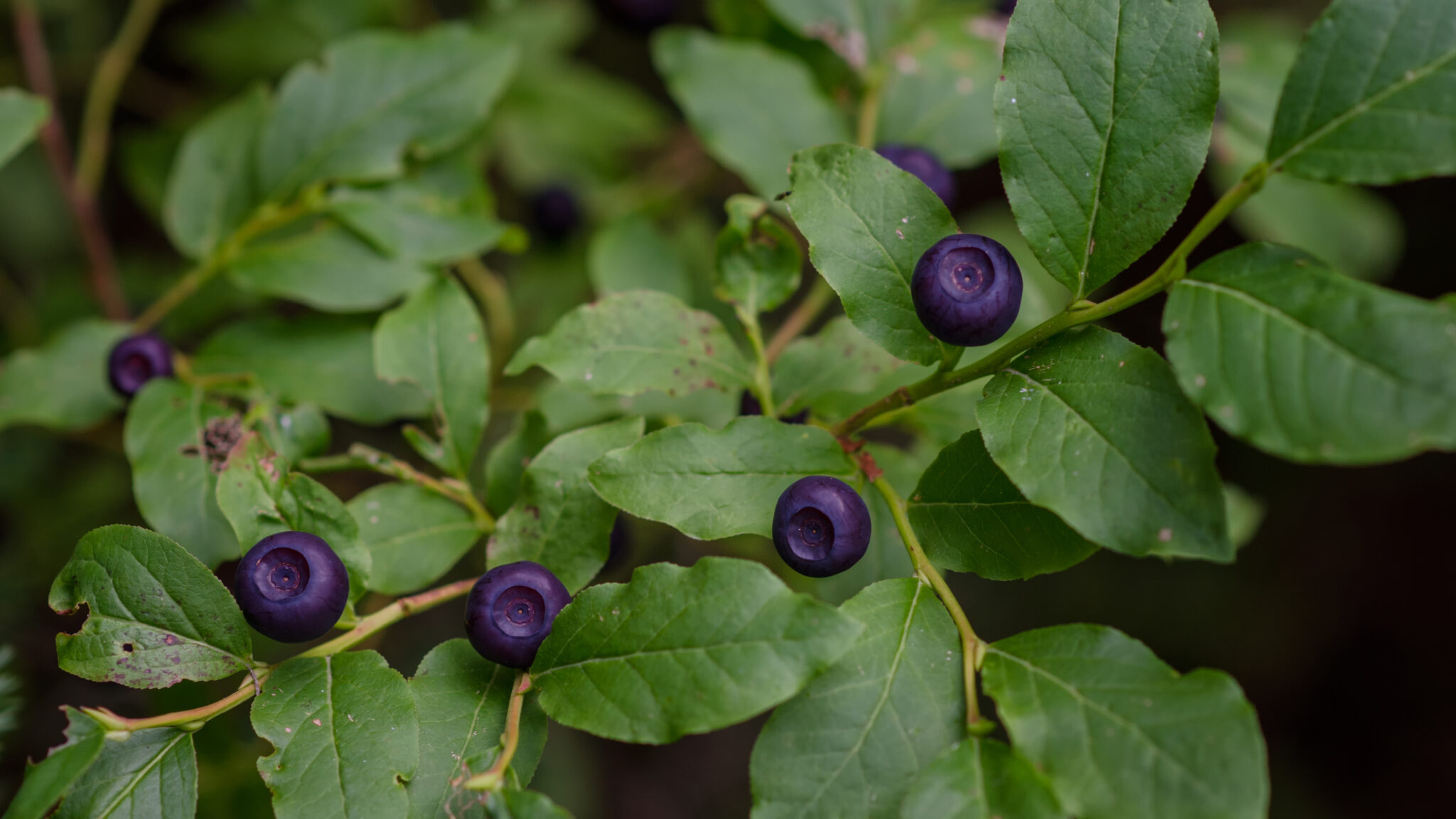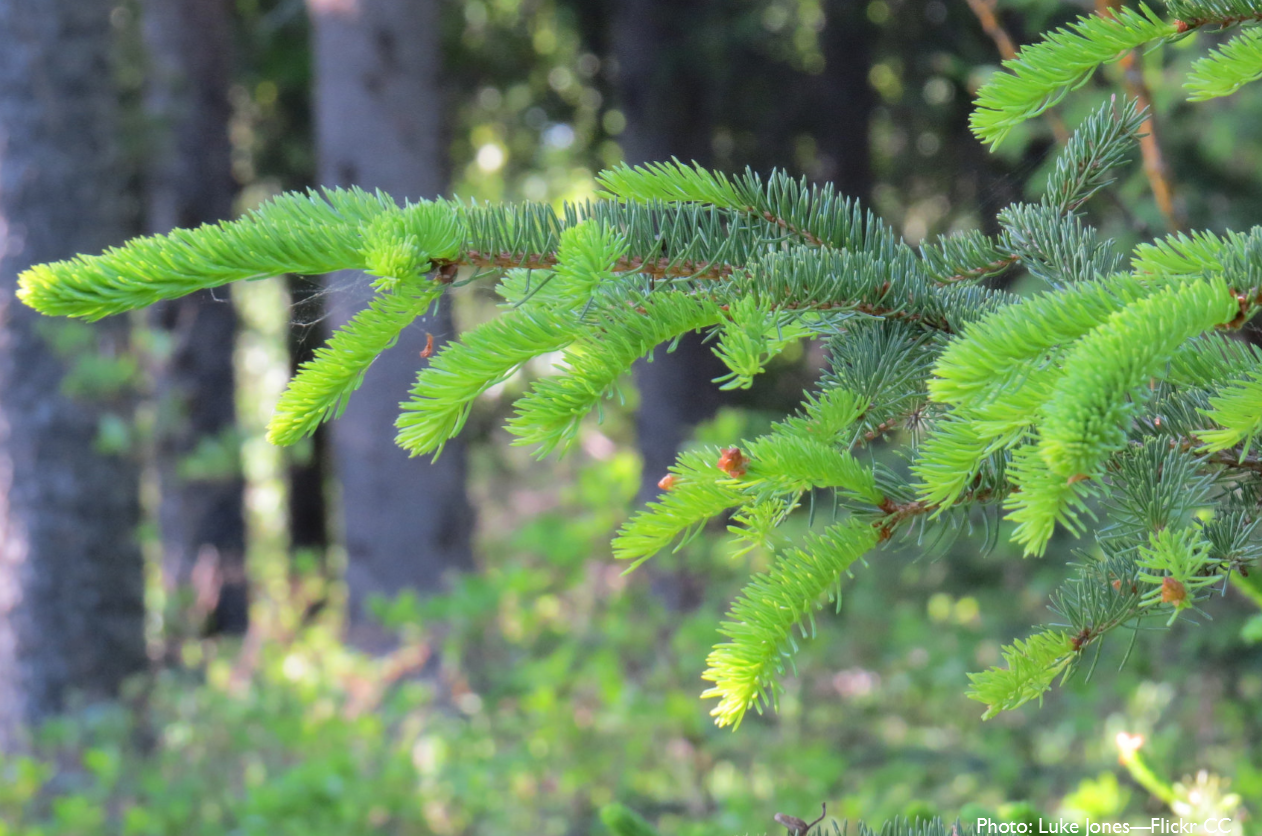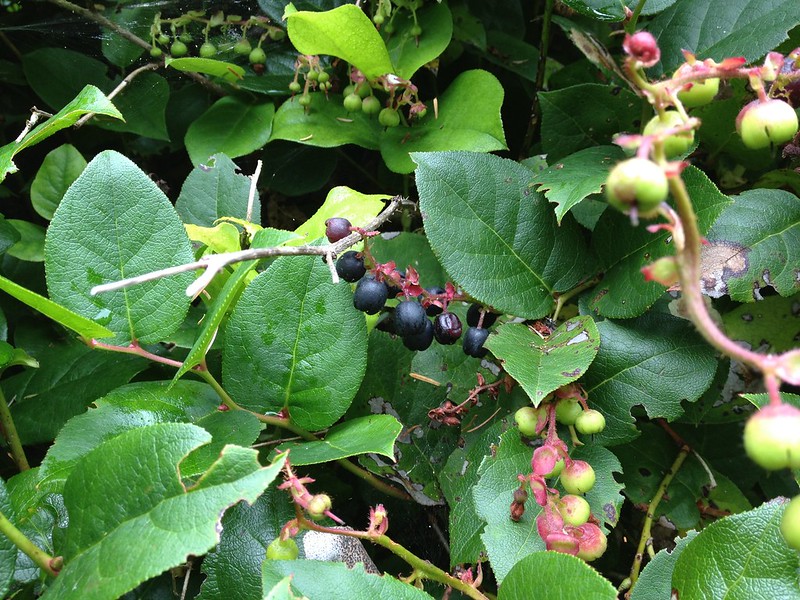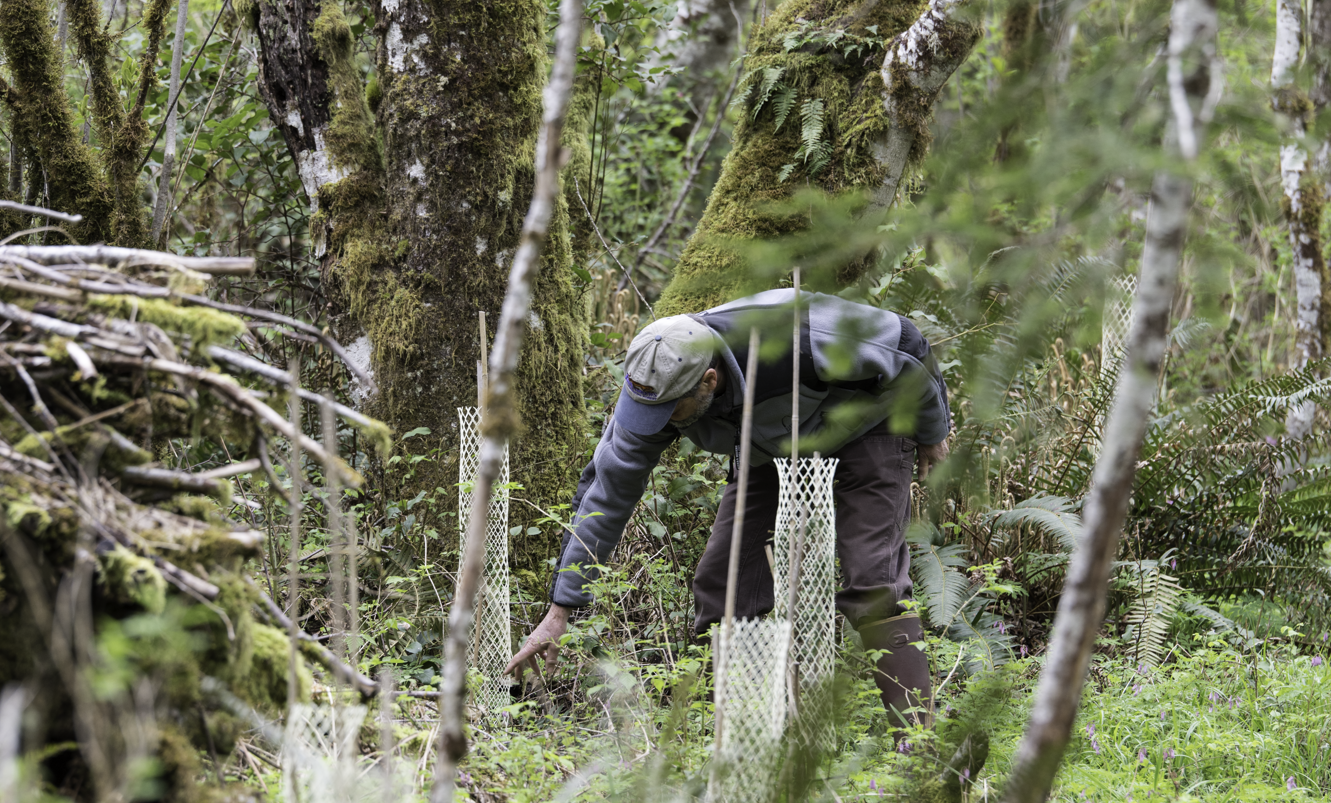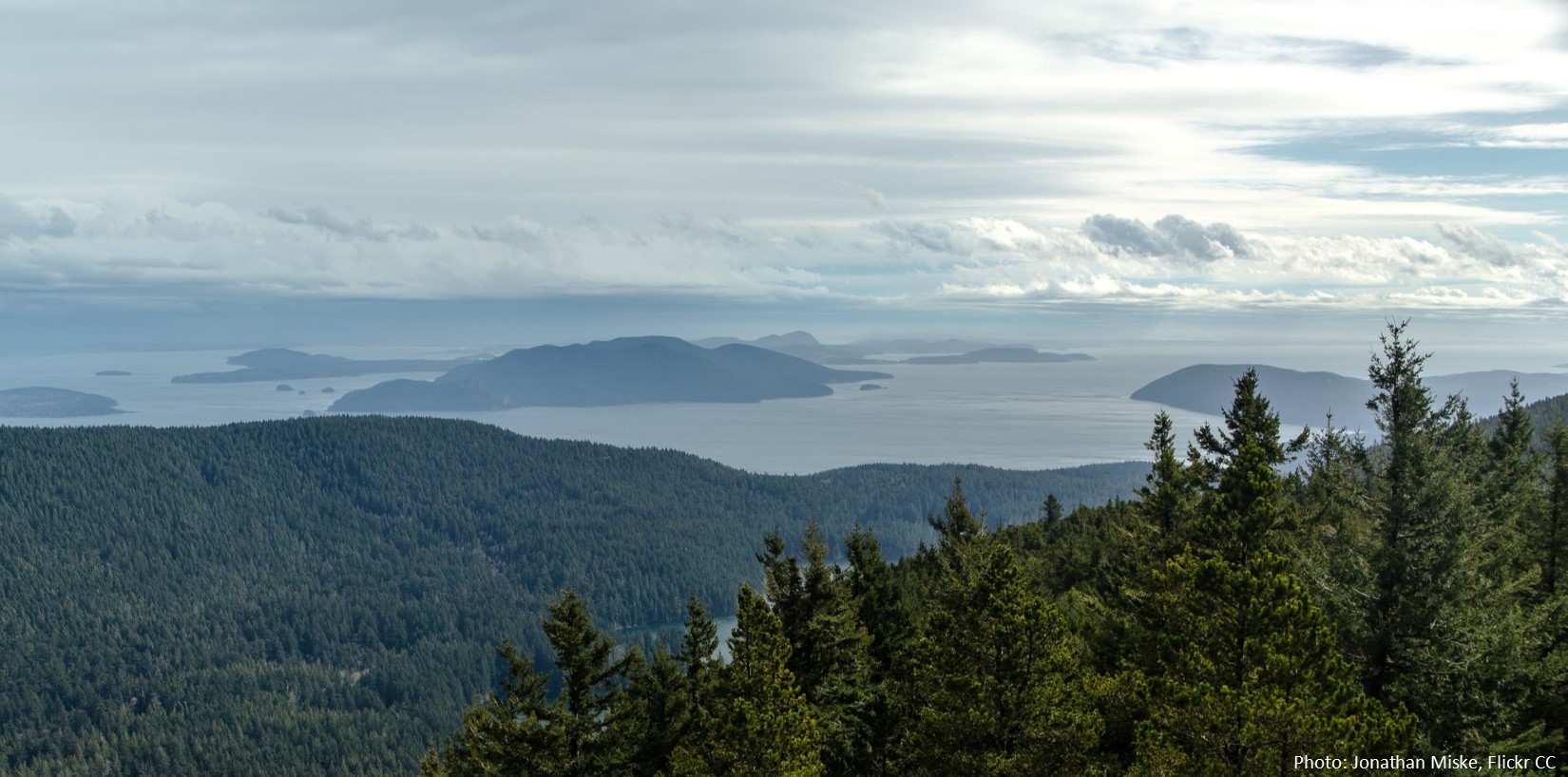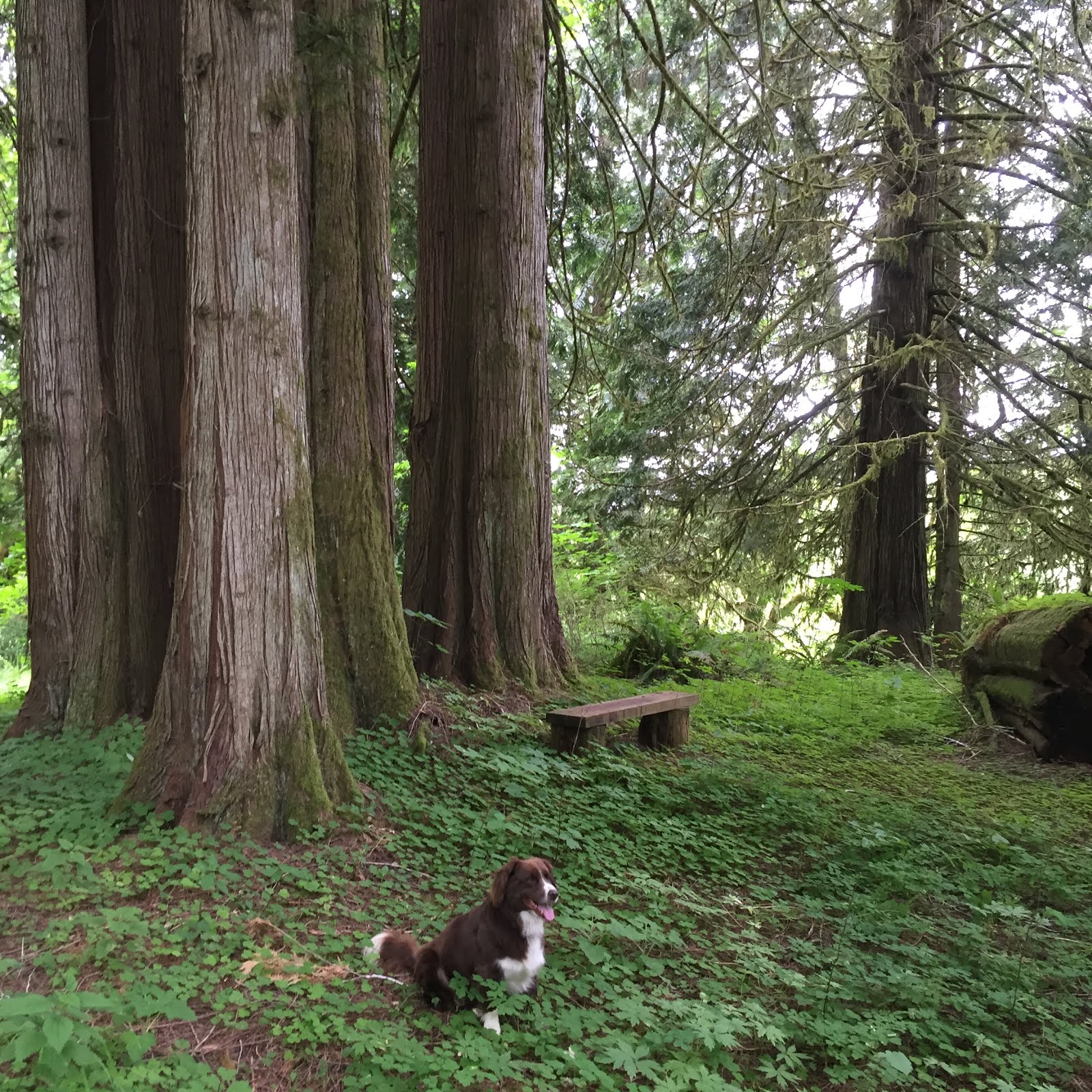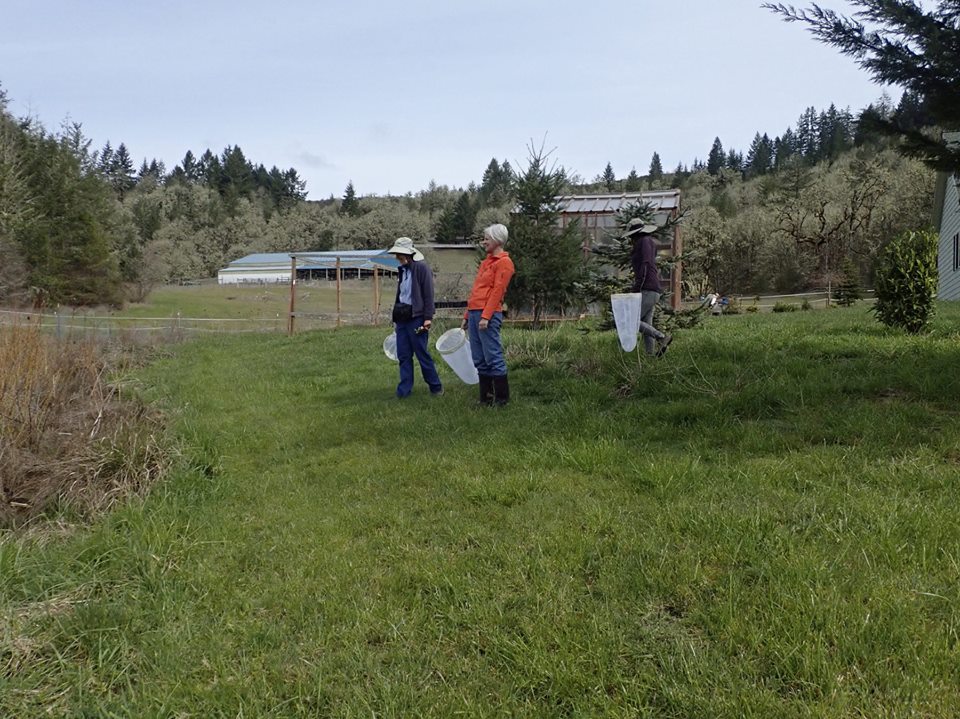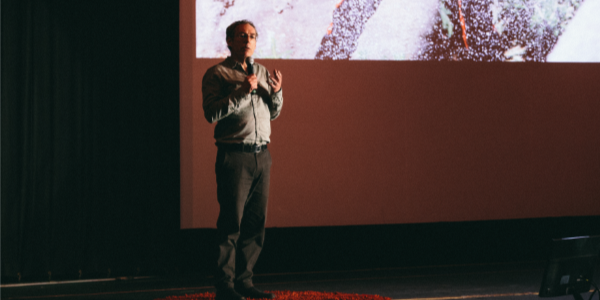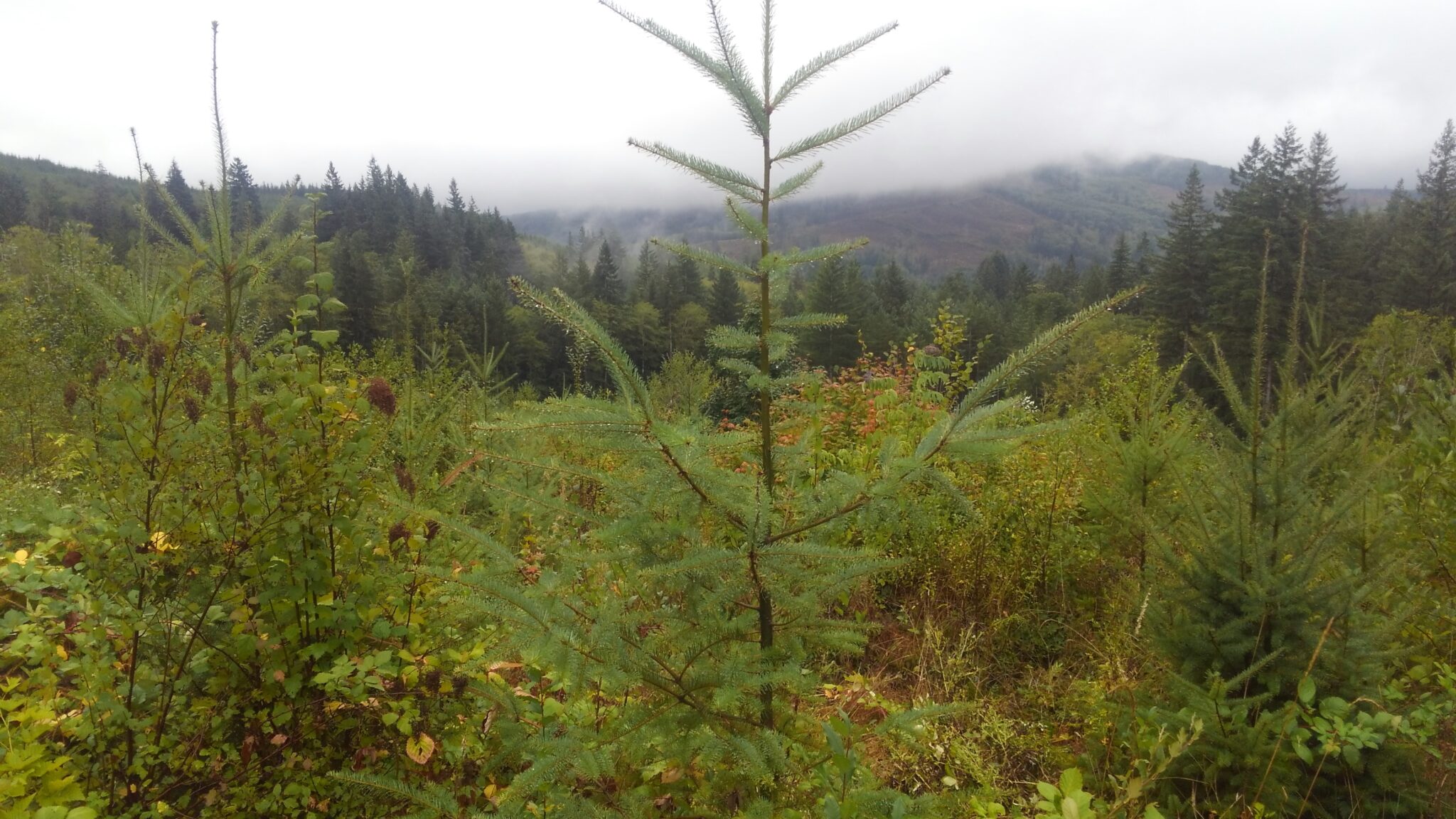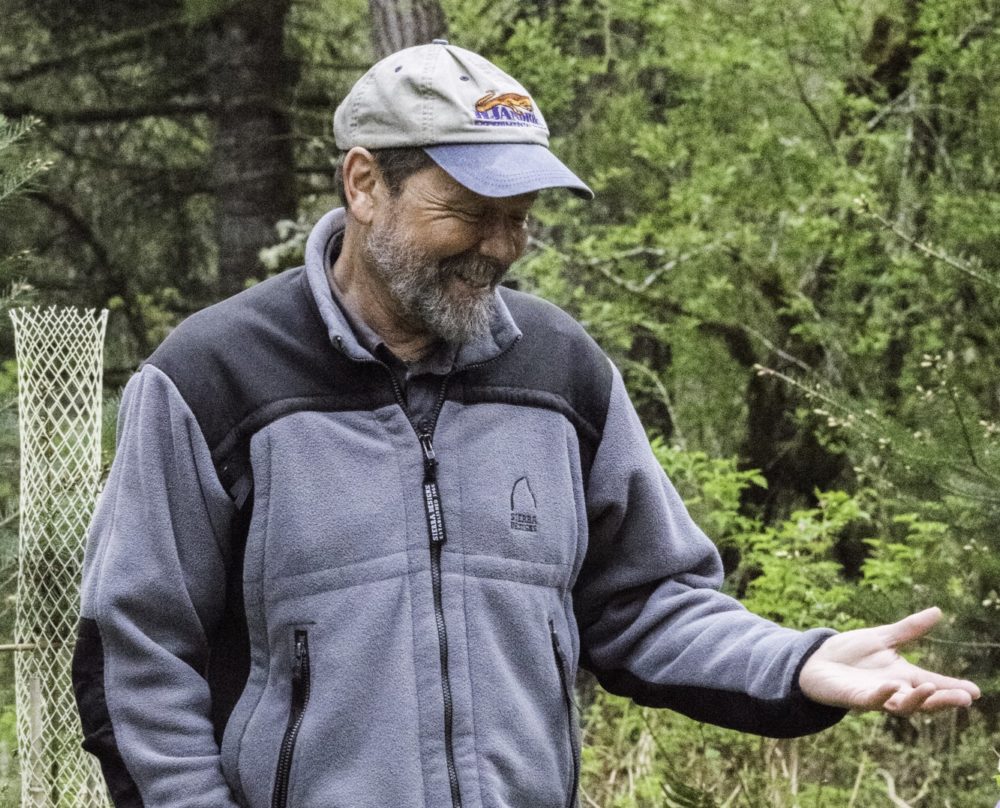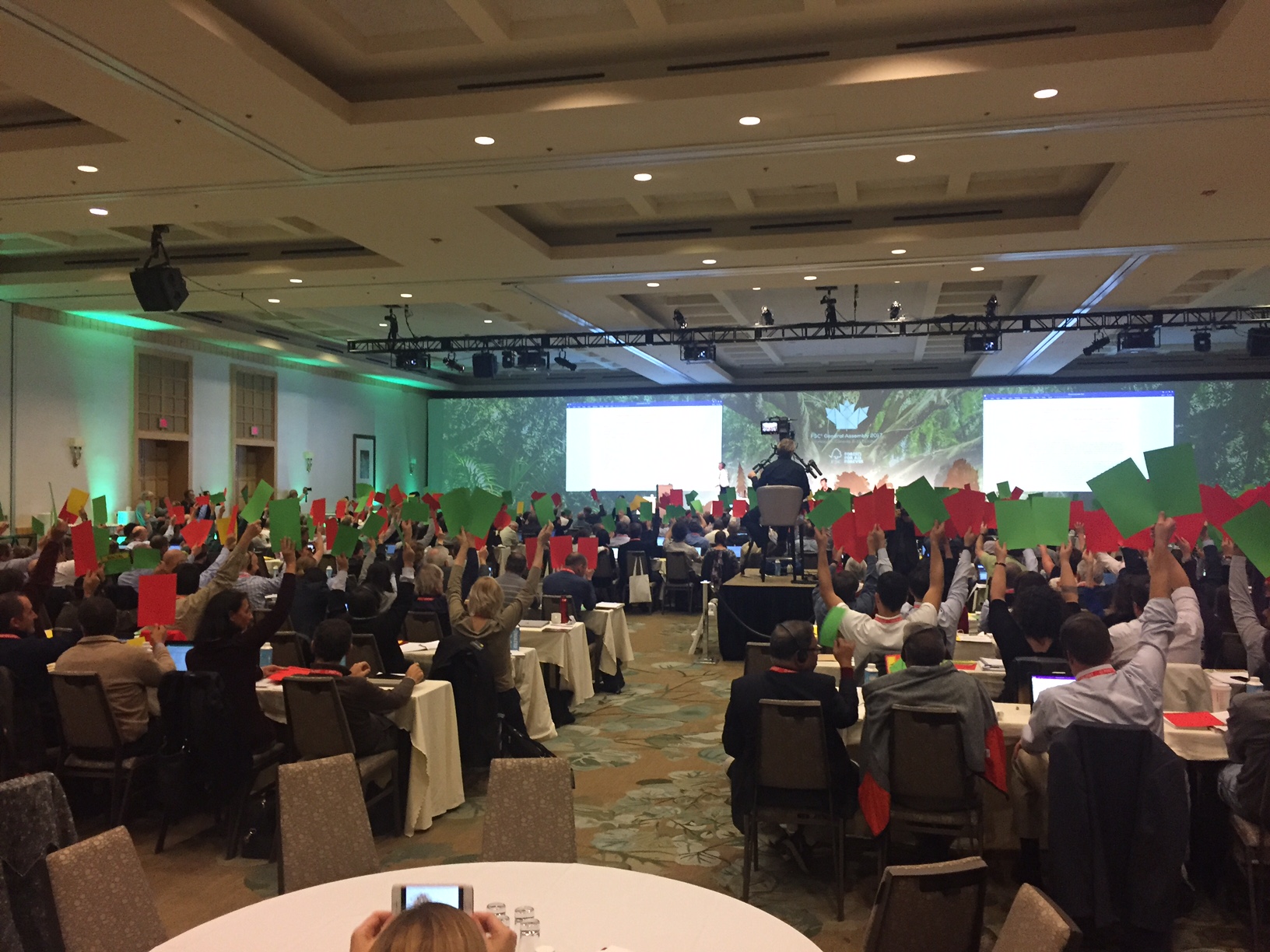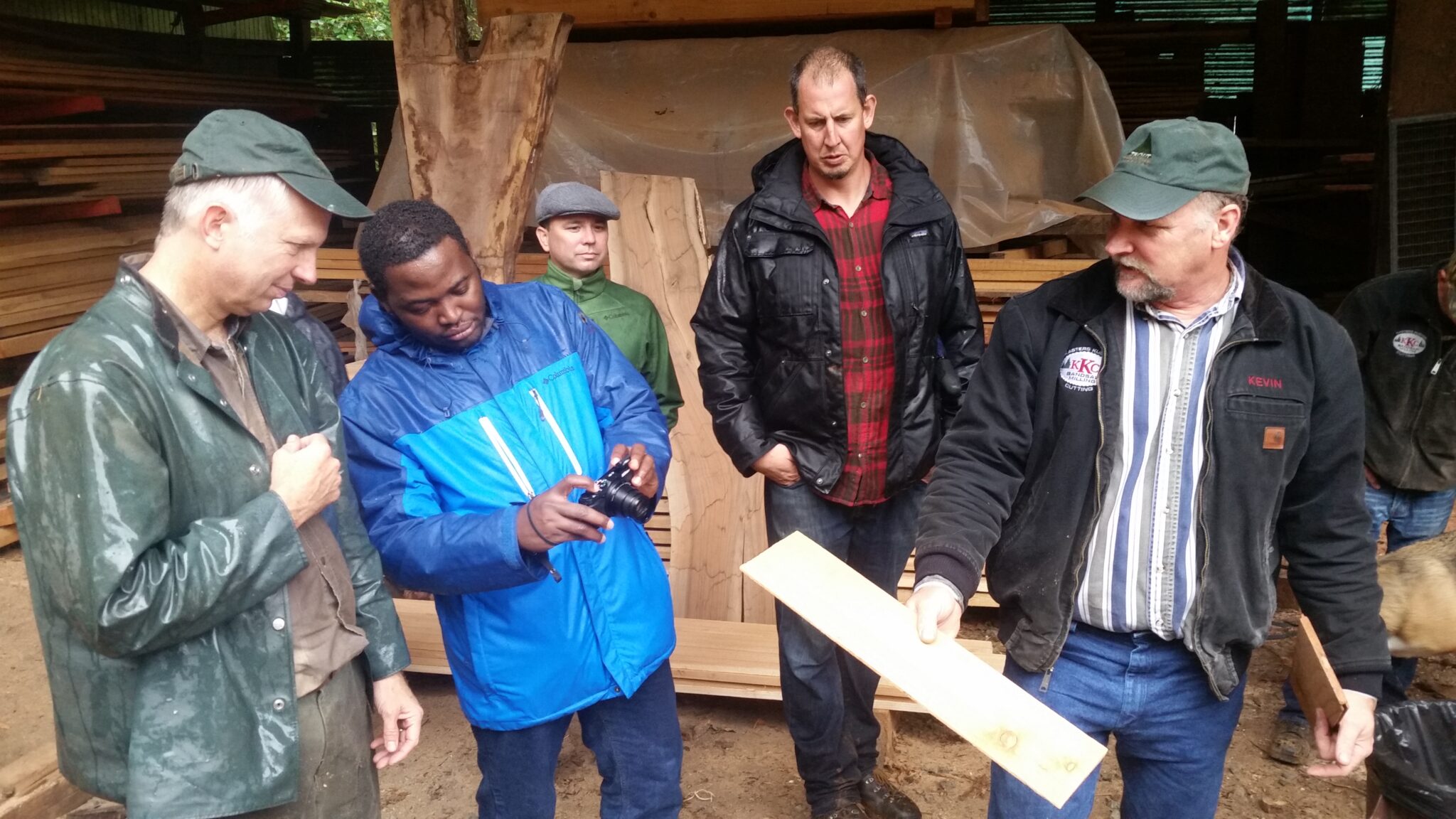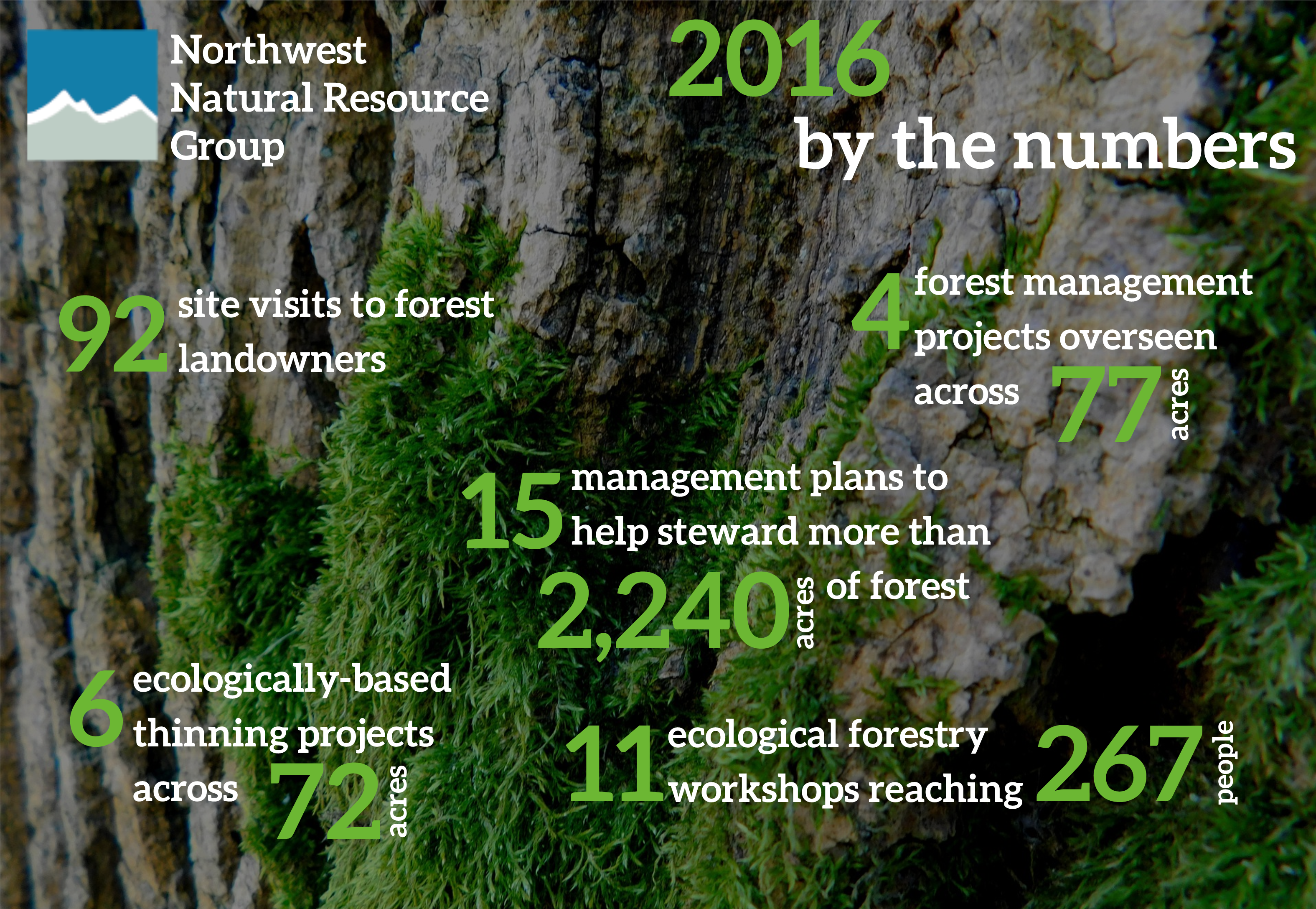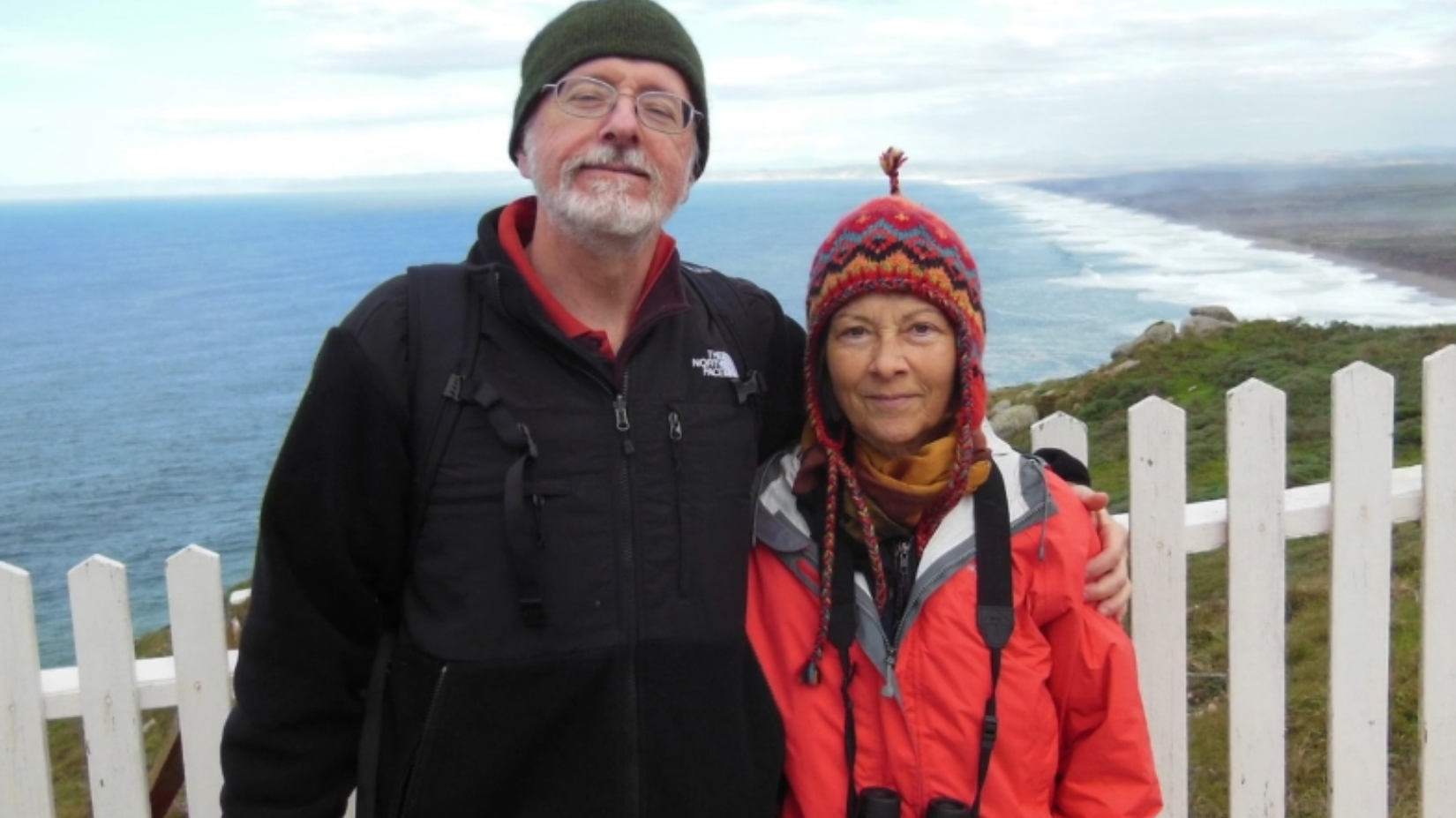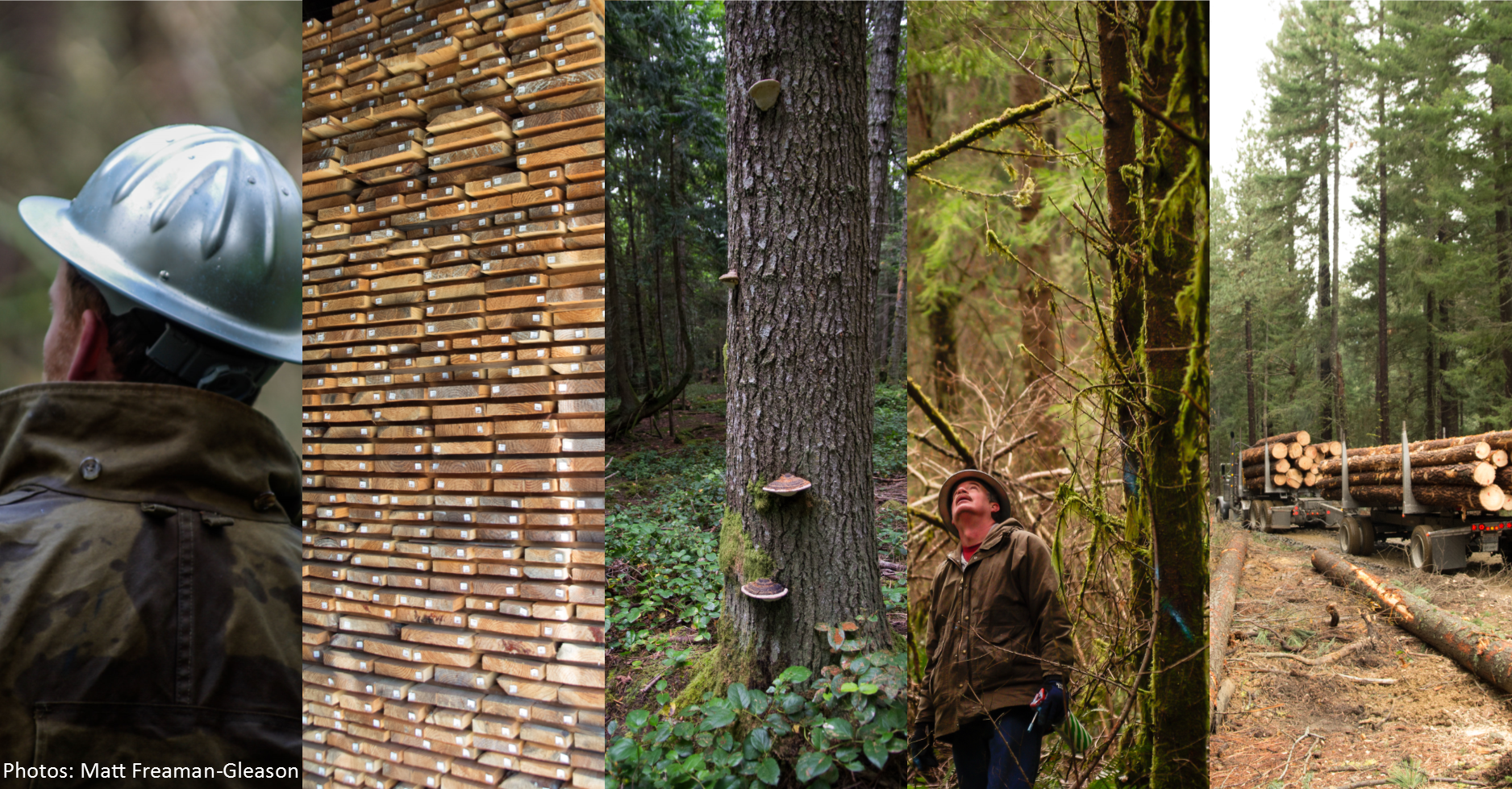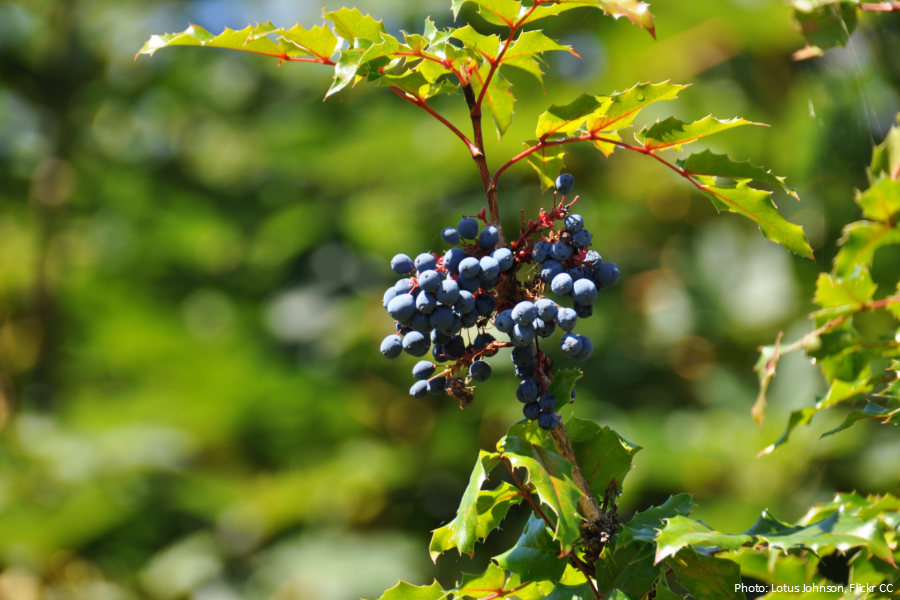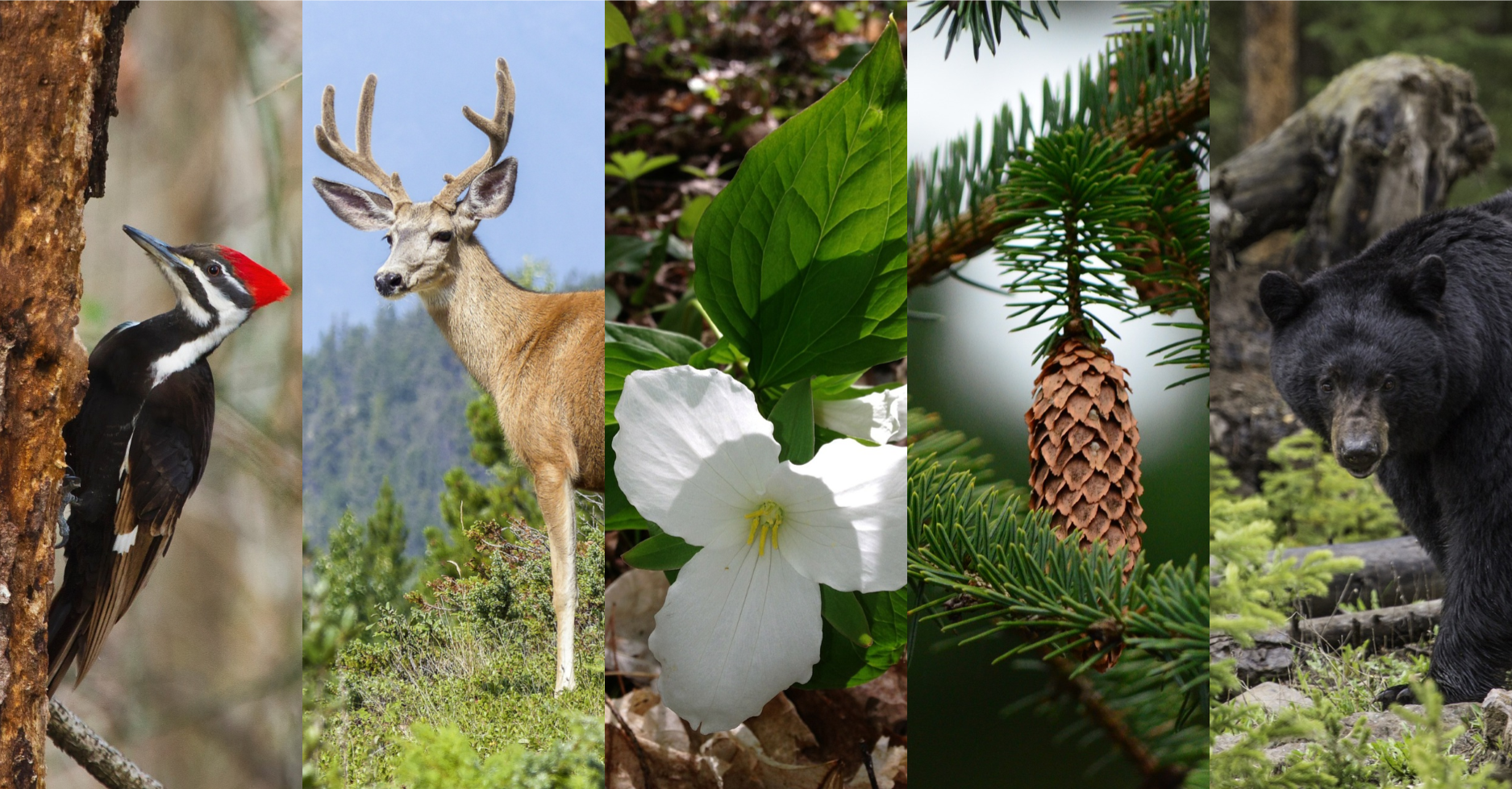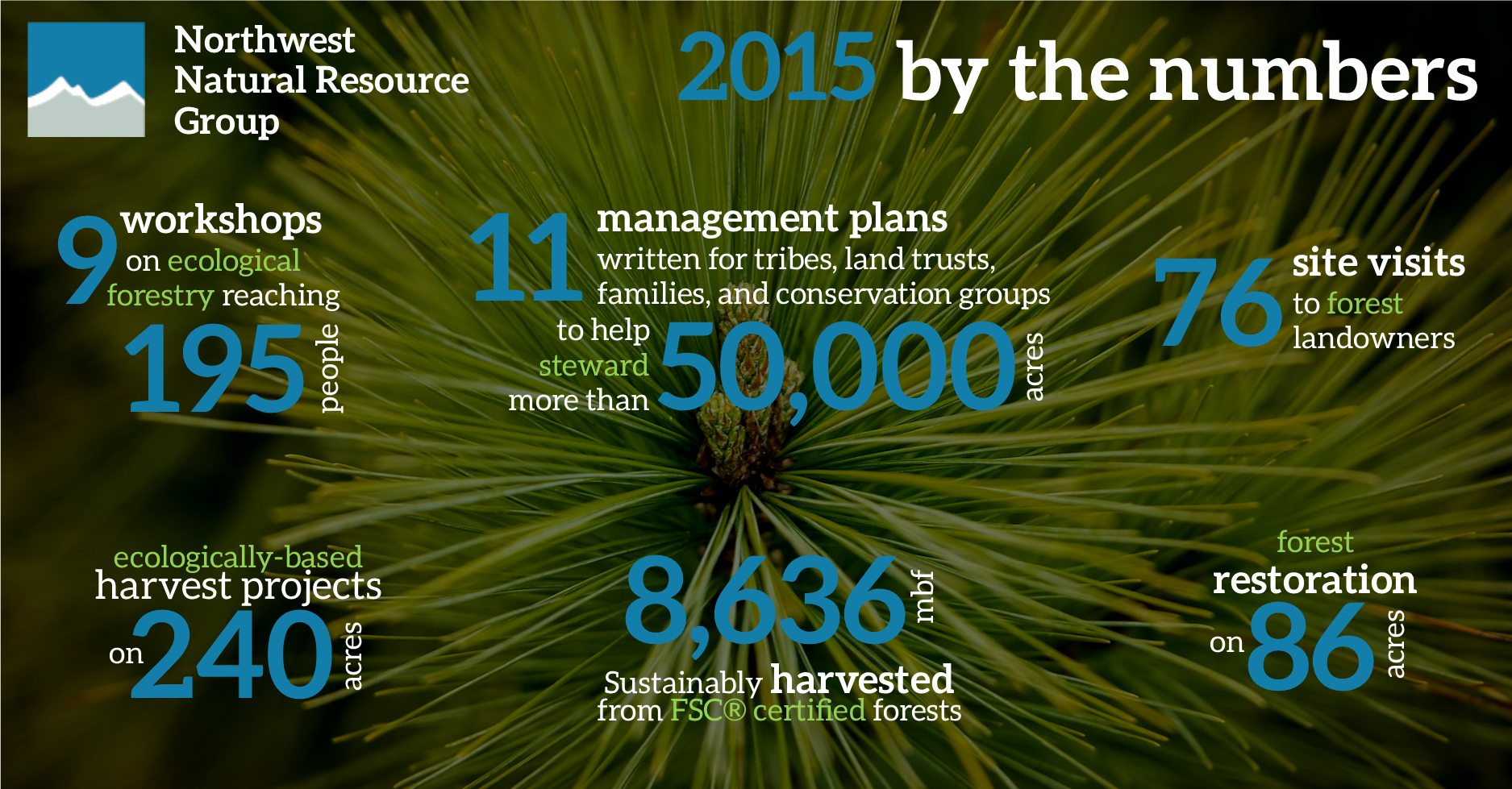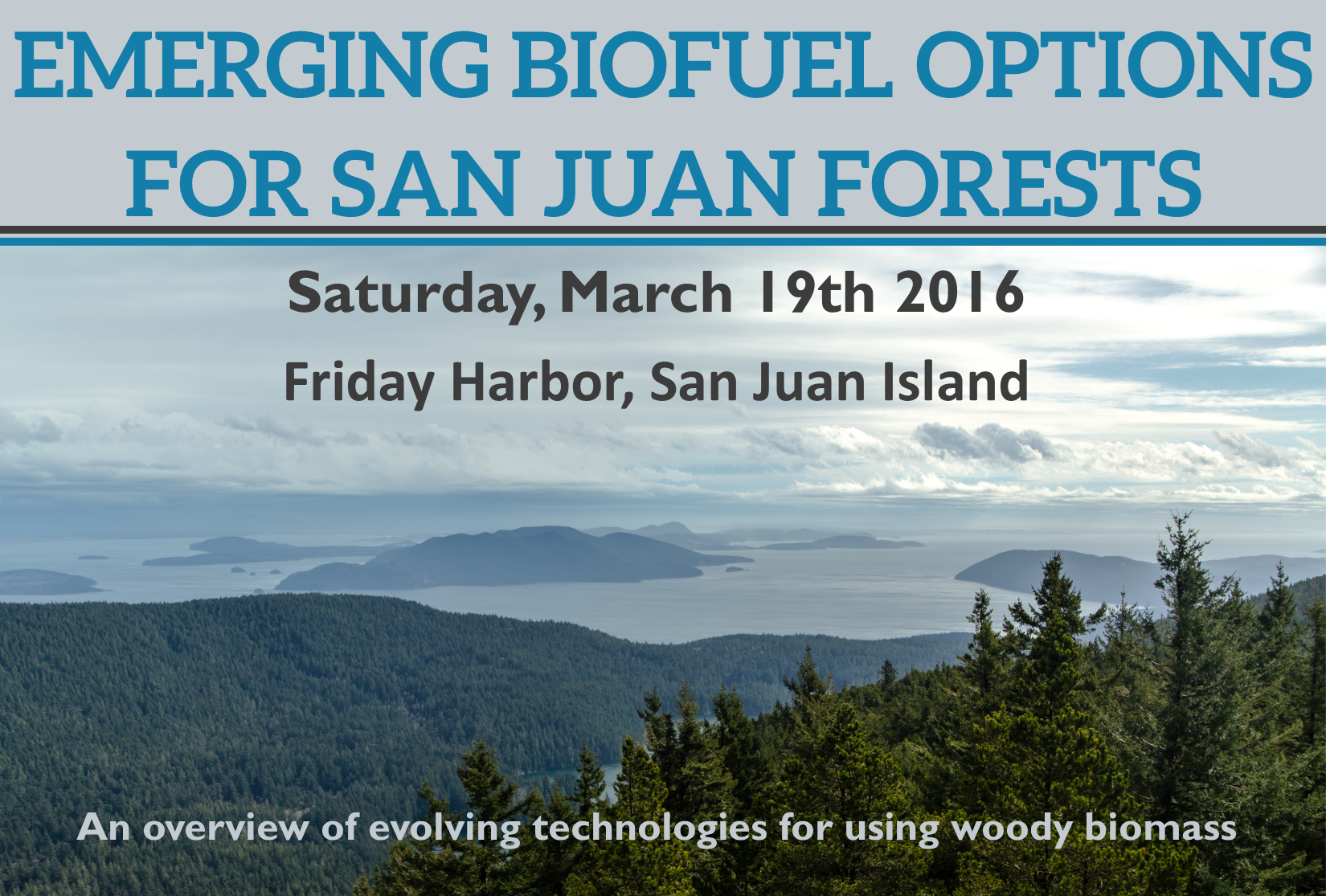Have you ever walked through your woods and wondered what the wildlife gets up to when you’re not around? Maybe you’ve spotted unfamiliar tracks or heard rustling in the brush, leaving you curious about the critters that share your forest. For Lorna Smith and Carl Nelson, that curiosity led them to set up trail cameras […]
Ecoforestry
Winter & Spring 2025 Washington and Oregon Native Plant Sales
The Winter Wet Season In The Pacific Northwest Is An Ideal Time To Plant Young Trees And Native Shrubs! Planting native trees and shrubs enhances forest biodiversity by providing habitat for wildlife and forage for pollinators. It’s also a great way connect to the land and increase your aesthetic and recreational appreciation for the forest. […]
Spring: Forestry through the Seasons
It’s nearly officially spring, so get ready to greet the return of the growing season! Each season presents the best time to conduct different stewardship activities. Timing your forest management for the ideal season will help you achieve success and avoid setbacks. This page provides tips to help you make the most of stewarding your forest […]
Summer Forest Stewardship Tips
Summer is the perfect time for major forest management activities like thinning trees, controlling weeds and invasives, and maintaining roads.
Helping Your Forest Through Dry Times
The drier and hotter years ahead don’t have to spell trouble for the forests you steward. From recognizing and responding to drought stress in trees to planting tree species from other regions, there are steps you can take to mitigate the impacts of climate change in your forest.
Cedar Row Farm
Eve Lonnquist can often be found working in the woods, just like her grandmother, who bought Cedar Row Farm in 1919 for $2000 and planted its namesake row of cedars. Nestled in the Nehalem River foothills, the 160-acre forest is stewarded by Eve, her two brothers and her partner Lynn Baker. The family enjoys taking […]
Oregon Native Bee Atlas
Bees need our help. Just five years ago Oregon saw a major bee die off, and pollinator populations continue to decline around the world. “We have more species of bees in the Pacific Northwest than all the states in east of the Mississippi,” says Andony Melathopoulos, a pollinator ecotoxicologist with OSU. “We really want to protect […]
Not Your Father’s Lumberjacks
Remember the Super-Axe-Hacker from The Lorax? The machine that could whack off four truffula trees with one smacker? Advances in logging technology have made this fantasy contraption a reality, with equipment like feller-bunchers, forwarders, skidders, and processors changing how we harvest. These machines can make ecological forestry better, efficiently and safely removing some trees while leaving others […]
Jackrabbit Farm: Building a Food Forest System
by Kelly Smith, NNRG volunteer On a cool and misty morning last September, Kirk Hanson and I visited Jackrabbit Farm in Southwest Washington. Kirk, Northwest Natural Resource Group’s Director of Forestry, needed to make observations and gather data for a new forest management plan for the farm, which had recently been funded through the USDA’s […]
Member Spotlight: Butler Family Forest
Paul Butler has had a life-long love of forests. Now that he and his wife steward their own forest they’ve taken steps to care for and enjoy their land. Paul tells us how his relationship with his woods has deepened over time and what actions he’s taking to make the forest healthy.
Forest Certification is a Global Movement
I’ll admit that I traveled to the worldwide General Assembly of the Forest Stewardship Council meeting last month in Vancouver, BC with a smidgen of skepticism. As I’ve re-immersed myself in ecological forestry since taking the helm at NNRG in June, I’ve been chagrined to learn that 15- and 20-year-old challenges are still dogging the […]
Forest Tour: Many Shapes & Sizes
Kevin Kaster (right), owner of a small-scale sawmill in Clackmas Co., presents a sample product to forest managers, designers, and woodland owners. A Tour of “GOOD WOOD” Management and Products REGISTER TODAY! Can a forest be managed for different purposes? Why might one tree be cut and another left standing? How does the way our […]
By the Numbers: 2016 Accomplishments
2016 was an incredible year for Northwest Certified Forestry members and the forests they steward. Because of the dedicated community of ecologically-minded woodland owners, Pacific Northwest forests are healthier, more resilient homes for wildlife and people alike. Here are some highlights of our year: Accomplishments: We hosted 11 workshops on ecologically-based forest management, precision tree-felling, forest […]
Stewardship: Just Call It Love
Christine Johnson (with her husband Terrigal) has loved forests all her life. As NNRG’s board chair, she helps us work to protect the health, resilience, and character of these incredible places, share her love of Northwest woodlands every step along the way. Her 10-acre, FSC®-certified forest on Waldron Island is a living testament to Christine’s stewardship. Learn more […]
Workshop: Precision Tree Felling – SAWW Training Levels 1 & 2 – Sep. 22-23
This event has passed. To see more upcoming events, including SAWW trainings, please visit the NNRG Upcoming Events page. Upcoming Events Join Northwest Certified Forestry for a unique, hands-on training program for small woodland owners who are interested in learning how to safely cut down trees in the woods. Harvest planning, tree selection, and safe and accurate […]
Summer: Forestry through the Seasons
Summer is the perfect time for major forest management activities like thinning trees, controlling weeds, and maintaining roads. Performing these stewardship activities in the dry season when sap flow is low will reduce damage to residual trees while minimizing soil compaction and other effects on forest ecosystems. Steward your Forest Clear winter debris from roads and […]
Workshop: Ecological Forestry 101: Intro to Silviculture and Wildlife – June 4 & 11
Woodland owners in the Pacific Northwest are interested in maintaining forests that provide a broad range of ecological functions and economic goals. Enjoying wildlife and providing wildlife habitat are often motivators for stewarding woodlands. It’s important to understand how the habitat in your forest meets the needs of particular wildlife species and what you can do […]
By the Numbers: 2015 Accomplishments
2015 was a productive year! Northwest Certified Forestry members showed their dedication to stewarding Pacific Northwest forests with ecologically-minded practices that contribute to the regional economy. We are so inspired by the forest stewards in our community who worked to enhance habitat for threatened and endangered species, remove invasive species, plant native seedlings and shrubs, pursue […]
Workshop: Emerging Biofuel Options for San Juan Forests
Join us to learn about ways to improve your forest’s health and use low value wood! Register today: http://sanjuans-biofuels.eventbrite.com Often there are significant byproducts from forest management and restoration treatments that amount to slash and other woody biomass left on the ground. This low value material includes small diameter trees, limbs, needles, leaves, and other woody […]

